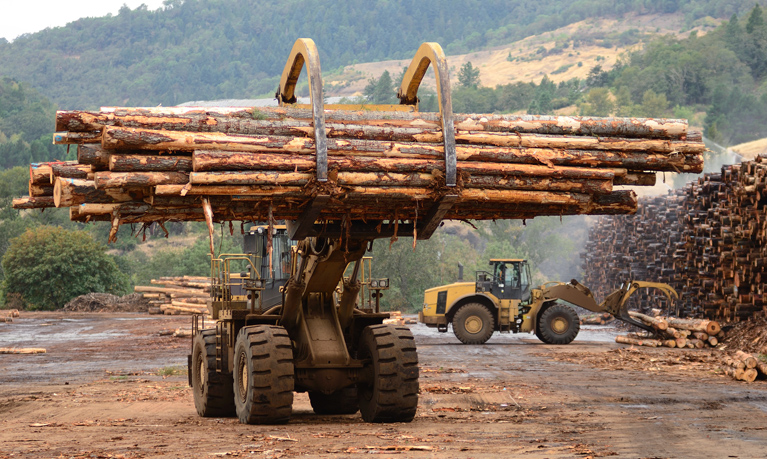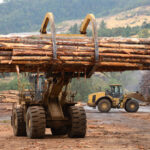Logging has earned quite a distasteful reputation among many eco-conscious groups in the country.
Though their disdain is warranted by the negative effects that traditional logging has brought, new timber logging processes have ushered in better practices that do minimal harm to the environment.
The more you learn about the modern laws and legislations surrounding timber logging, the more you will understand that it is not as bad as one would think.
But why exactly would you engage in timber logging? What benefits can you get by engaging in this industry?
There are many reasons why you might be interested in timber logging. But among the most common might be to make the most out of private properties that are rich in timber.
Even if you just have a small plot of land with timber, you can still use timber logging as a means to get into the business.
Timber is very in-demand in any sector. You will never run out of practical applications for timber.
For instance, it can be used as a fuel source, construction material, furniture, timber beam, paper, and other lumber products.
What is Timber Logging?
Now that you have seen the potential benefits that you can get from timber logging, let us dive right into what timber logging is nowadays.
What are the processes involved? How can it benefit the environment?
Timber logging is a commercial endeavour that involves cutting trees to produce materials like timber or pulp.
These materials are widely used commercially to build homes, furniture, and many other items.
The business has existed for many years and has thus served many homes and lives. It is an essential business that is sadly vulnerable to exploitation.
- Related topic: Tree Risk Assessment Before Tree Removal
The history of timber logging is long and extensive, but to cut the long story short, the process is not as clear-cut as it is today.
For instance, illegal loggers who cut trees in protected territories are one of the main culprits of soil erosion and landslides.
More Sustainable Logging Process
Most logging contractors nowadays are very conscious of their responsibilities when it comes to logging.
They employ combined harvesting methods to get the most eco-friendly results instead of just sticking to one.
Instead of strictly going for selection harvesting only or clear-cutting alone, they have devised a system called shelterwood which is significantly better than the other two.
With a shelterwood system, a parent forest is removed in stages instead of cutting everything in one go.
Each stage ensures that the optimum environmental conditions are present, giving way for better tree regeneration.
The only main caveat with this system is that it might not be applicable for all tree species.
Red oaks and white pine stands are two of the best-suited trees for this system.
Log According to Plan
Logging involves a lot of careful planning and an even more careful implementation.
In some states in the country, logging activities without cutting plans are even prohibited. This is where forestry consultants come into the picture.
Forestry consultants and logging contractors both work together to come up with the best way to minimize damage to surrounding trees.
Their priority is to keep the damage to a minimum, and if possible, even non-existent.
One way to go about it is to make sure that the tools and equipment are up to standard.
The people operating and working on the job must also be highly-trained individuals who can create precise and measured cuts.
The Many Factors Affect Timber Value
If you wish to engage in timber logging for profit, you might be interested to know that timber value may be affected by the following factors:
1. Size
Trees come in various widths and lengths. But don’t be fazed.
Just because you have a whole acre of wide and tall trees, it does not immediately equate to larger profits.
To determine its value, you have to work with a professional timber appraiser who is well-versed in assessing the tree’s diameter at breast height (DBH).
DBH is the industry’s standard of measurement of the tree’s width at its trunk. The higher the tree’s DBH, the more valuable it is.
2. Species
Another factor that plays a key role in determining timber value is tree species. Specific types of wood are suitable for specific applications.
For instance, mahogany is the popular choice for creating durable furniture, while pine and cedar are perfect for construction.
Other factors that can affect timber value include the trees’ age, defects, and location.
Need Professional Help for Timber Logging?
Entering into the timber logging scene is no easy feat. You can easily get overwhelmed by the amount of paperwork and corresponding you will have to do.
If you have no background in forestry, then the challenges will look even more daunting.
If you need professional help to get your timber logging business running, then feel free to call K&B Brother’s Contractors.
We are professional logging contractors in Northern Virgina who can cover everything from the forest assessment and logging implementation.






